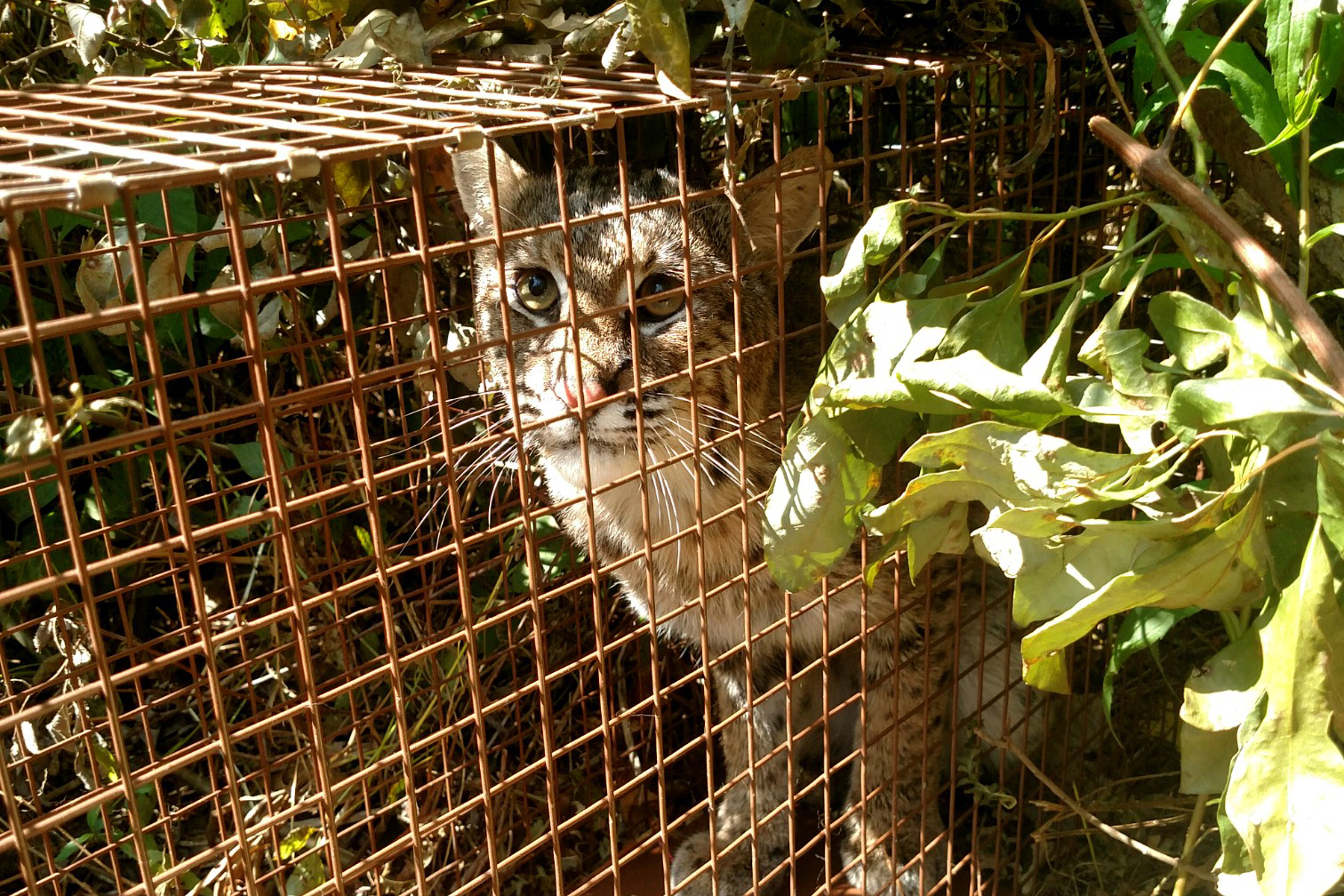After years of hunting and trapping and loss of habitat dwindled their population, Connecticut’s only wildcat appears to be making a comeback. Bobcats were once a rare sight in the state, but residents have glimpsed these predators more frequently in recent years. People across the state have been reporting bobcats in their hometowns to the Department of Energy and Environmental Protection (DEEP). Wildlife experts speculate the animal’s population has been steadily increasing, but lack accurate data about their current numbers.
DEEP started the CT Bobcat Project in September 2017 with the goal of assessing the bobcat population and studying its behaviors in the state. Assistant Professor Tracy Rittenhouse of the Department of Natural Resources and the Environmentrecently joined the research team. The four-year project will involve data collection over the first two years and then two additional years of analysis and summary.
“Bobcat populations in the entire US were pushed to extremely low numbers,” says Rittenhouse. “In the last few decades, they have been rebounding, especially here in Connecticut. We have confirmed sightings of bobcats in every town. The population data for bobcats we have now is mostly from hunters and trappers from their sightings and accidental trappings on DEEP surveys. One of the main goals of this study is to determine population in the state.”
In addition to a precise population count, the researchers aim to gain knowledge about the preferred prey and food sources for bobcats and where they seek shelter and ascertain the range of the animal to establish activity patterns, including reproduction. This broad ecological study will also help scientists learn more about how these animals compete with other predators or affect populations of their prey.



